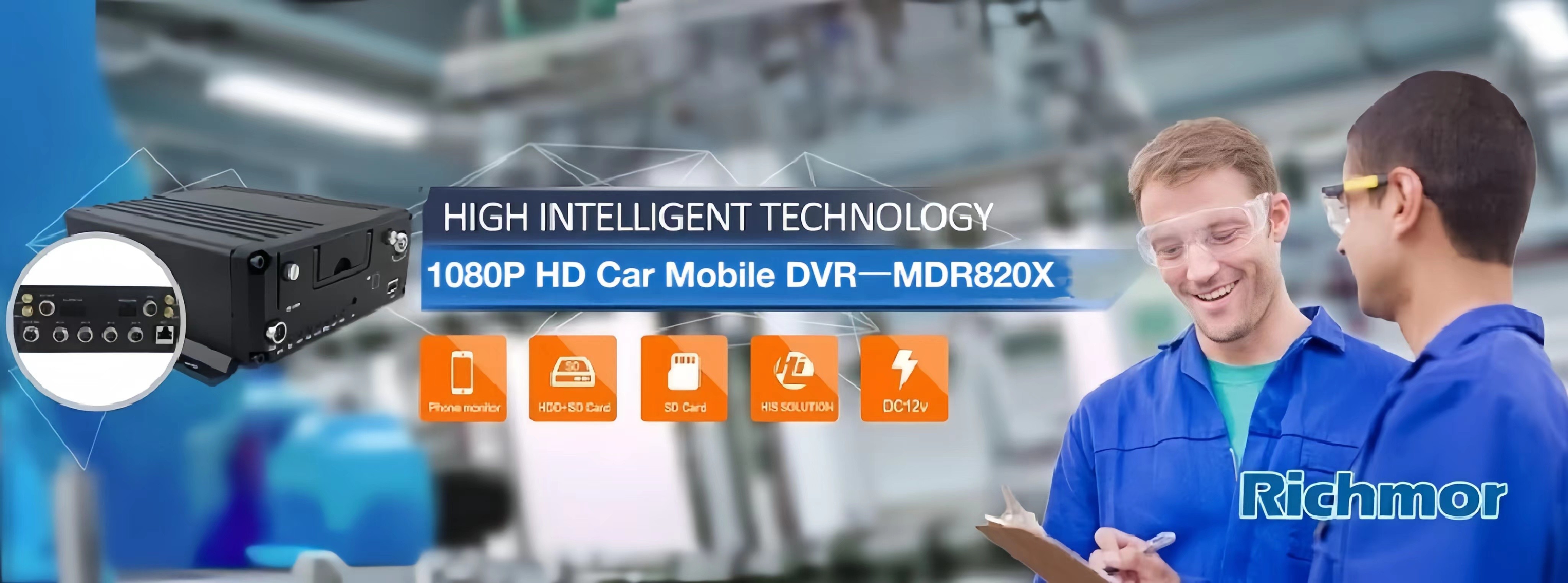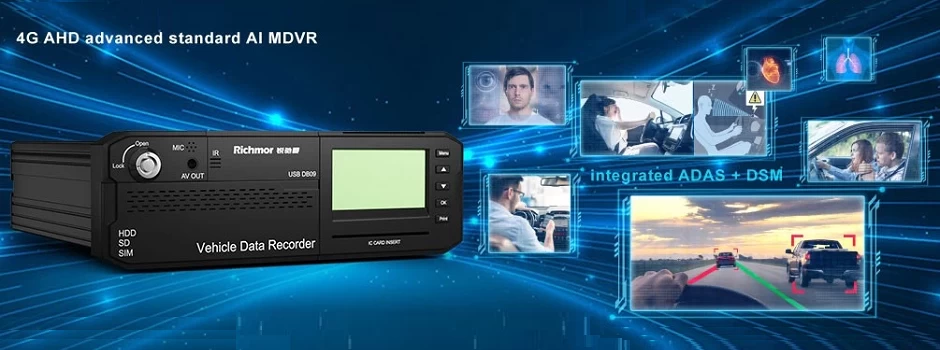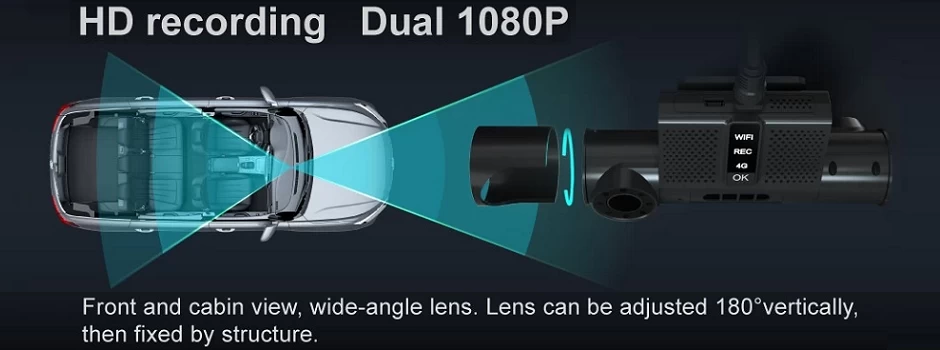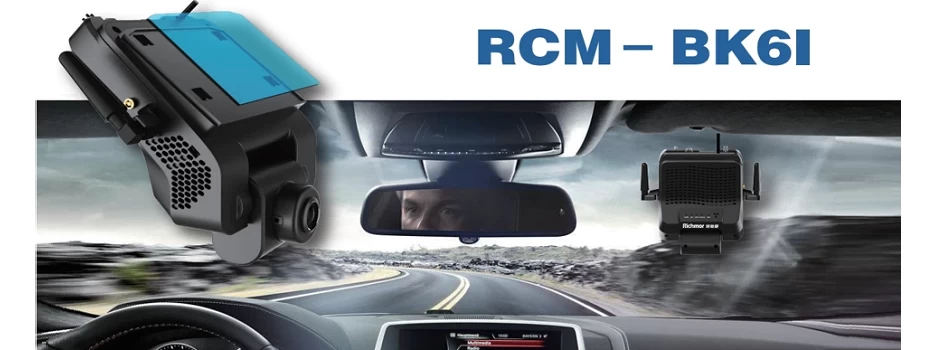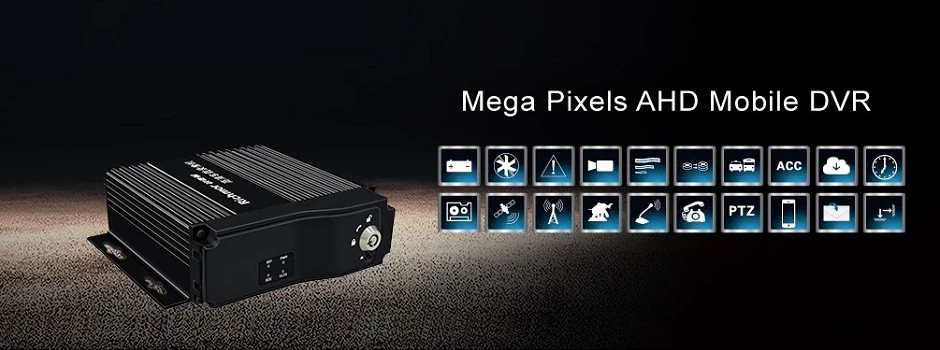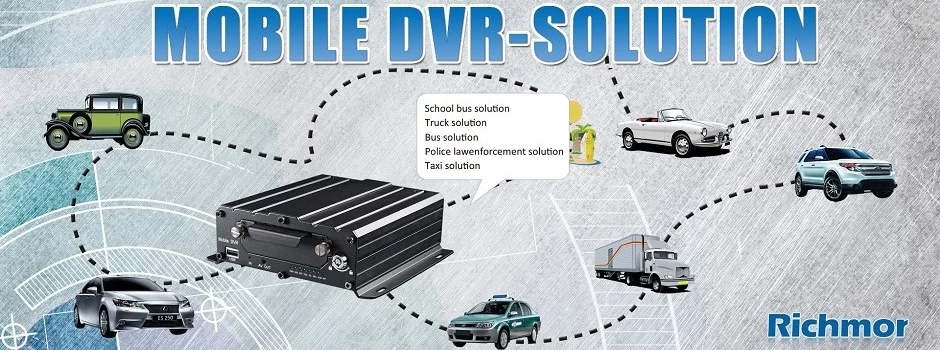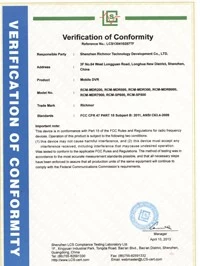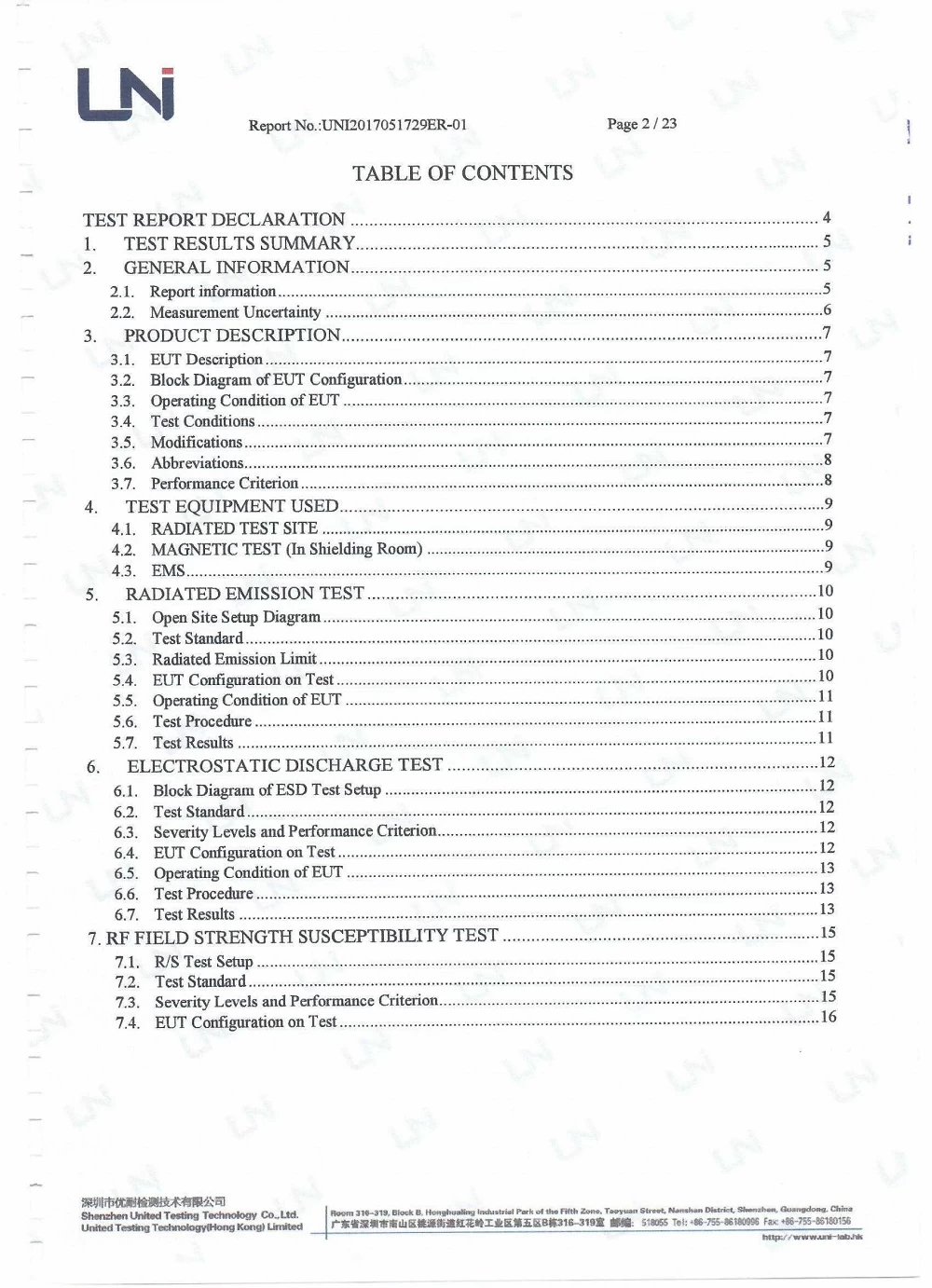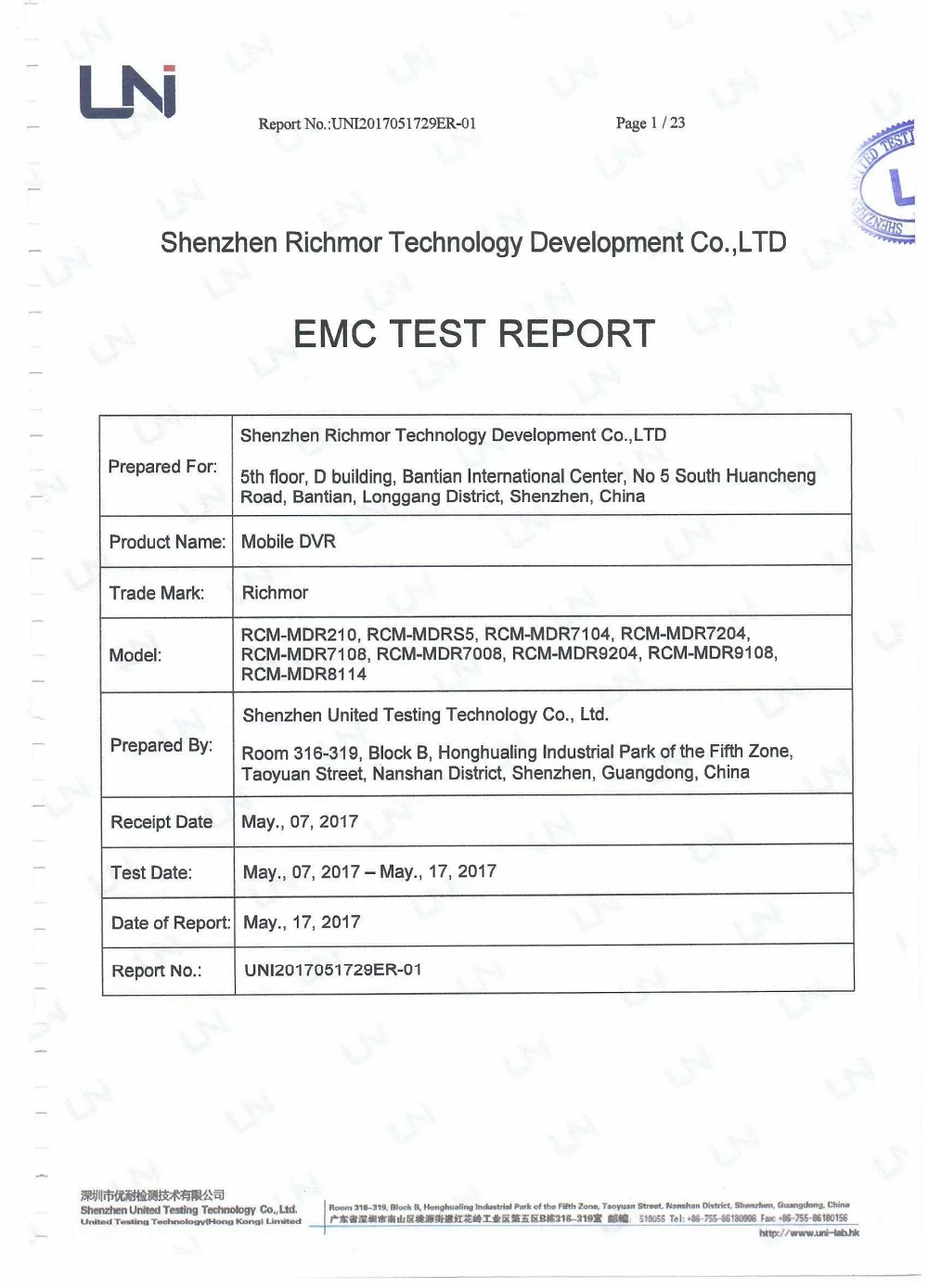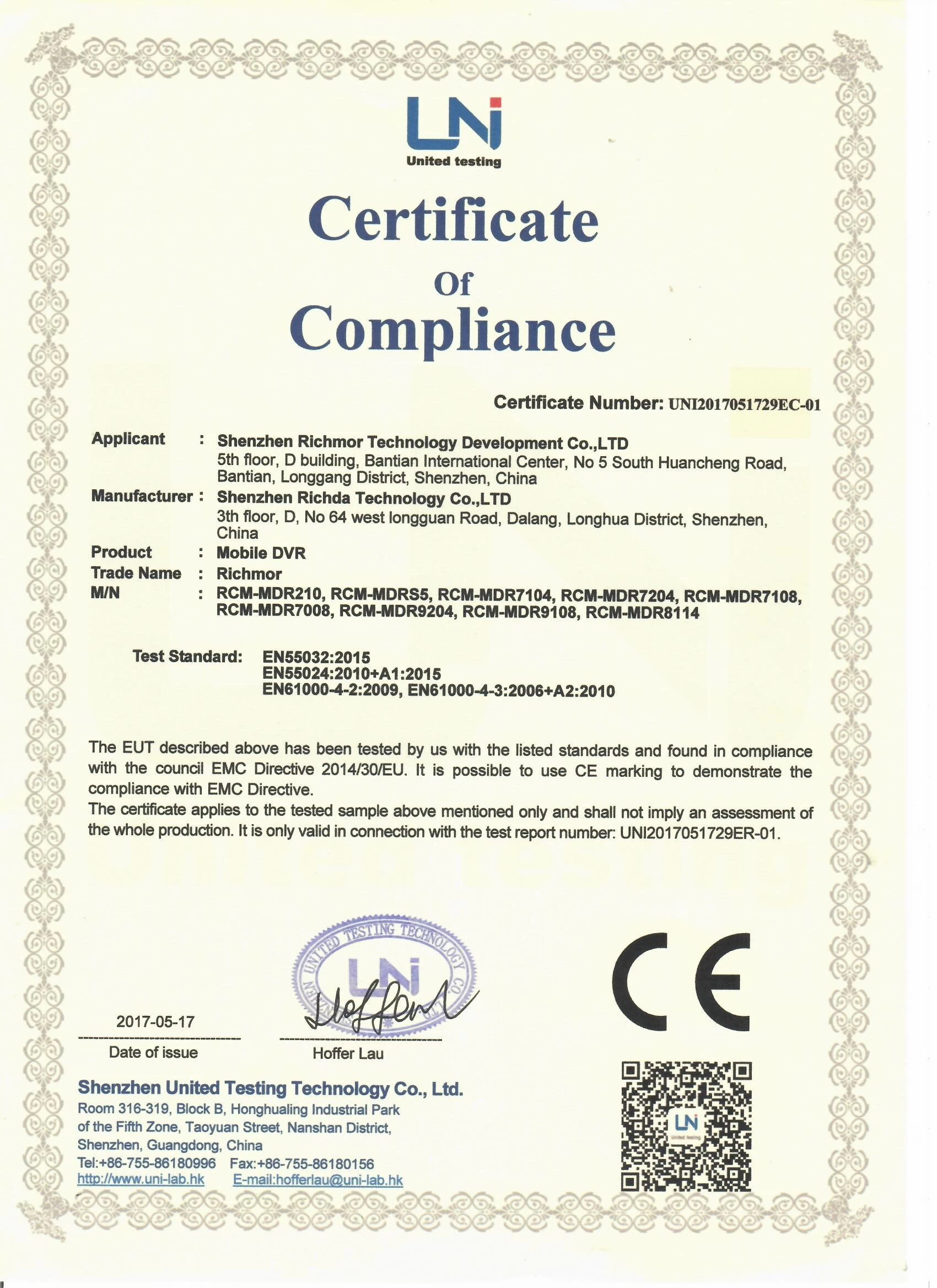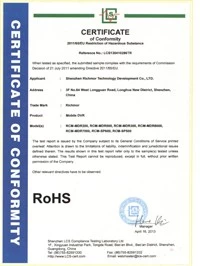The difference between NVR and DVR and vehicle tracking system
richmorr
richmor.net
2018-03-21 16:45:38
Before introducing the differences between them, first introduce themselves separately.
DVR (Digital Video Recorder), that is, digital video recorder, front-end equipment adopts analog camera, and the back end adopts digital recording technology. DVR integrates functions such as video recorder, picture splitter, pan/tilt lens control, and alarm control to facilitate the formation of a small monitor. system. The cost of building a small surveillance system is the lowest. DVR is generally divided into PC-type hard disk recorders, embedded hard disk recorders.
However, due to the limitations of its own technical architecture, digital hard disk recorders cannot solve the problems of transmission and 4g mobile car DVR simultaneous monitoring, high-integration centralized monitoring in the network remote monitoring environment. The main reason is that the DVR system is transmitted in analog mode from the monitoring point to the monitoring center. There are many defects. The Vehicle tracking system is not suitable for the new monitoring system to be upgraded and the system that requires remote video transmission (over 1-2 km).
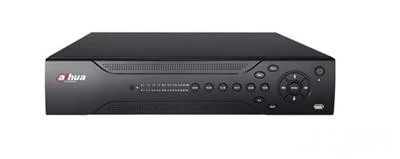
In recent years, with the continuous development of network technology, security monitoring began to enter the era of networking. In the increasing popularization of network monitoring and control, as an important part of network monitoring, NVR has achieved rapid development.
NVR (network video recorder), namely network video recorder, its core characteristic is its network function. The main function of the NVR is to receive digital video streams transmitted by IPCC (network cameras) over the network, and store and manage them, so as to realize the advantages of distributed architecture brought about by networking, in image processing, image storage, retrieval, and backup. , And network transmission, remote control, and other aspects than the analog monitoring system. In simple terms, with NVR, you can view, browse, playback, manage, and store multiple network cameras at the same time.
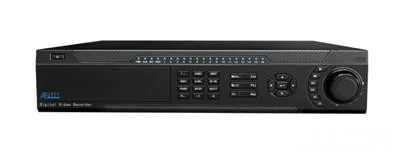
The difference between NVR and DVR
We carefully observed the interfaces on the back of the two devices and found that there is a big difference between the two. The back of the DVR has a video interface. The interface is a BNC connector. Each interface can connect an analog surveillance camera. There is no video on the back of the NVR. Interface, if you want to achieve access to multiple surveillance cameras, you need to use the switch.
Through the above analysis, we can see that the main difference between NVR and DVR is that the front end is different. The front end of the DVR product is an analog camera. The DVR can be regarded as a digital encoding storage device for analog video, and the front end of the NVR product is a network camera and video. Servers, DVRs, etc. are very rich in device types.
DVR (Digital Video Recorder), that is, digital video recorder, front-end equipment adopts analog camera, and the back end adopts digital recording technology. DVR integrates functions such as video recorder, picture splitter, pan/tilt lens control, and alarm control to facilitate the formation of a small monitor. system. The cost of building a small surveillance system is the lowest. DVR is generally divided into PC-type hard disk recorders, embedded hard disk recorders.
However, due to the limitations of its own technical architecture, digital hard disk recorders cannot solve the problems of transmission and 4g mobile car DVR simultaneous monitoring, high-integration centralized monitoring in the network remote monitoring environment. The main reason is that the DVR system is transmitted in analog mode from the monitoring point to the monitoring center. There are many defects. The Vehicle tracking system is not suitable for the new monitoring system to be upgraded and the system that requires remote video transmission (over 1-2 km).

4 channel vehicle dvr
In recent years, with the continuous development of network technology, security monitoring began to enter the era of networking. In the increasing popularization of network monitoring and control, as an important part of network monitoring, NVR has achieved rapid development.
NVR (network video recorder), namely network video recorder, its core characteristic is its network function. The main function of the NVR is to receive digital video streams transmitted by IPCC (network cameras) over the network, and store and manage them, so as to realize the advantages of distributed architecture brought about by networking, in image processing, image storage, retrieval, and backup. , And network transmission, remote control, and other aspects than the analog monitoring system. In simple terms, with NVR, you can view, browse, playback, manage, and store multiple network cameras at the same time.

The difference between NVR and DVR
We carefully observed the interfaces on the back of the two devices and found that there is a big difference between the two. The back of the DVR has a video interface. The interface is a BNC connector. Each interface can connect an analog surveillance camera. There is no video on the back of the NVR. Interface, if you want to achieve access to multiple surveillance cameras, you need to use the switch.
Through the above analysis, we can see that the main difference between NVR and DVR is that the front end is different. The front end of the DVR product is an analog camera. The DVR can be regarded as a digital encoding storage device for analog video, and the front end of the NVR product is a network camera and video. Servers, DVRs, etc. are very rich in device types.

